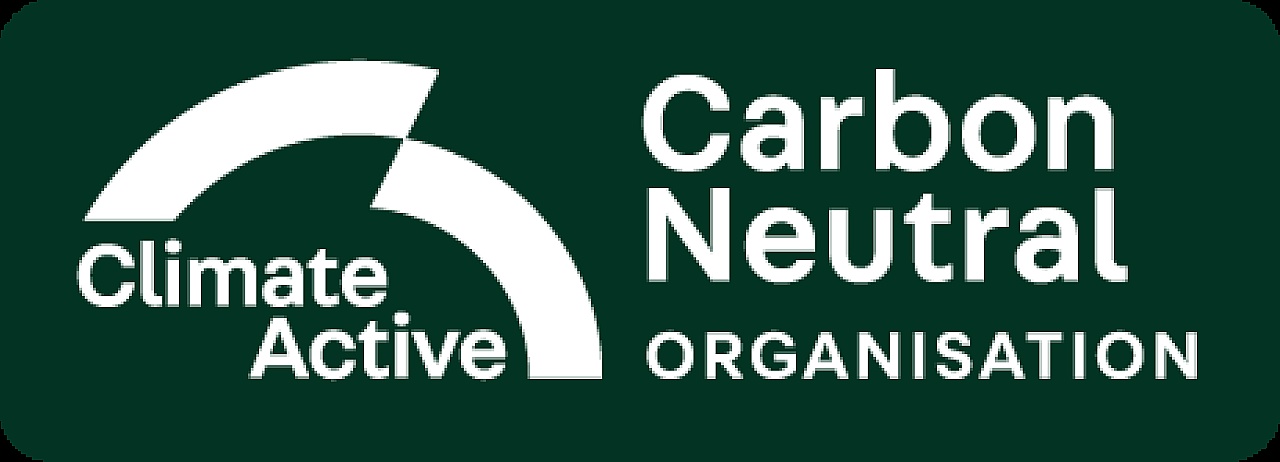Reducing council emissions
City of Adelaide is serious about its sustainability goals and reducing greenhouse gas emissions.
The City of Adelaide has been measuring and reducing carbon dioxide for several years. As a result, the council has achieved carbon neutrality for its operations for FY2020, FY2021 and FY2022.
Being ‘carbon neutral’ is measuring greenhouse gas emissions accurately, reducing emissions as much as possible, and purchasing accredited offsets that contribute to global efforts to address climate change. Council continues to improve efficiency and invest in technology, as part of our on-going journey.

Progress Snapshot within Council

- 100% renewable electricity contract providing equivalent electricity use of around 3,800 homes
- Introduction of 10 fully electric vehicles to the fleet – more than half of light passenger vehicles
- Introduction of a Hino-SEA fully electric truck to the fleet in 2022
- 1.1 MW of solar power providing electricity equivalent to over 300 homes, or 12% of Council building demand
- Recognised as a global climate leader through CDP reporting
- Internal waste sorting system including green organic waste pickup
Tracking Council carbon emissions
City of Adelaide corporate emissions inventory
The City of Adelaide tracks all the greenhouse gas emissions that is it responsible for producing, whether directly or indirectly every year. The ‘emissions inventory’ is calculated in accordance with the Climate Active Carbon Neutral Standard.
The breakdown of Council’s current greenhouse gas (carbon) emissions by source shown in the dashboard below. You can explore and learn more by clicking on the tabs and charts, to see where carbon emissions are generated in the City of Adelaide.
Things to note:
- For Climate Active certification, 2018/19 is the base year for measurements, however, efficiency actions and solar power installations started years before this.
- In 2020/21 City of Adelaide started a renewable electricity contract which approximately halved our footprint. Find out more here.
- During the Covid pandemic, some facilities were closed at times, which also contributed to lower emissions from electricity and gas.
- Explore the trends for individual buildings via the maps on Tab 2, including traffic lights and streetlights, and see the impact of switching to renewable electricity.
We continue to work on reducing our operational carbon emissions through a variety of mechanisms, including sustainable procurement procedures, waste diversion and resource recovery, and fleet management.
By comparison, other Australian cities pursuing carbon neutrality have the following footprints:
| City | Area | Greenhouse accounts |
|---|---|---|
| City of Adelaide | 16 km2 | 12,152 t CO2e (2021–2022) |
| City of Melbourne | 37.7 km2 | 11,210 t CO2e (2020–2021) |
| City of Sydney | 26.15 km2 | 12,144 t CO2e (2019–2020) |
| Brisbane City Council | 1,342 km2 | 574,453 t CO2e (2019–2020) |
Offsets to achieve neutrality
The City of Adelaide’s 2022/23 offset projects are listed below. Receiving certification through Climate Active assures that the projects use verified methodologies and provide genuine carbon mitigation or sequestration. See the Climate Active public disclosure statement.
Mount Sandy brings together indigenous and non-indigenous communities of Australia by promoting traditional land management for biodiversity conservation. This project protects a rare pocket of wetlands and woodlands between the Coorong National Park and Lake Albert. As one of the last remaining areas of native vegetation in the region, the land forms a strategic wildlife corridor and is of great significance to the Ngarrindjeri people, the indigenous local nation.
For the purpose of receiving credits to offset carbon emissions under the Climate Active program, this project is paired with a solar energy project in Vietnam’s sunny Ninh Thuan province. This project drives Vietnam towards a greener, fairer future. It displaces fossil fuels with renewable power, mitigating the harmful greenhouse gas emissions that are destroying our planet. It boosts local economies by employing local workers and paying them sustainable wages to end poverty.
The Rio Anapu-Pacaja Forest Protection project is situated in the northwest of Brazil, Para state, in the micro-region of Portel, and aims to conserve 165,707 hectares of the Brazilian Amazon. Around 50% of the population in this region are rural communities, who have historically relied on subsistence agriculture and wood extraction to survive. In recent years the forest has become increasingly degraded due to unplanned timber logging and grazing activities, with high levels of land grabbing and land conflict putting increasing pressure on native forest dwellers. With the aim to strengthen local governance and put an end to illegal logging in the region, the project has been working closely with the local Riverine people and traditional rural villagers around the project area, to gain their land tenure documents and eventually full freehold title deeds.